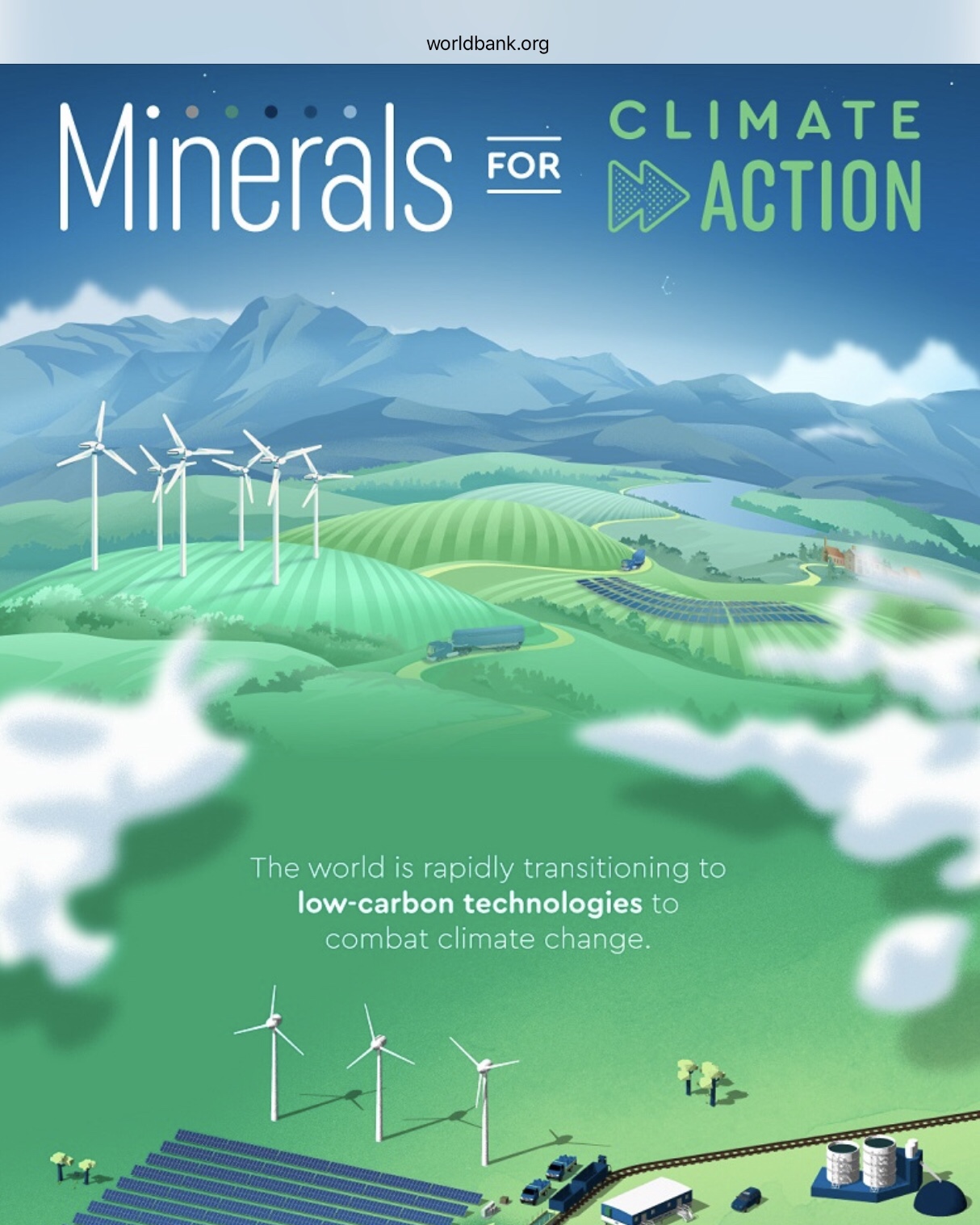At ARPN, we’ve long made the case that the current push towards a lower-carbon future is not possible without mining, as green energy technology relies heavily on a score of critical metals and minerals.
In 2017, the World Bank World Bank published “The Growing Role of Minerals and Metals for a Low Carbon Future”, which echoed this conclusion.
While, as the World Bank argues, “the growing demand for minerals and metals provides economic opportunities for resource-rich developing countries and private sector entities alike, significant challenges will likely emerge if the climate-driven clean energy transition is not managed responsibly and sustainably.”
In order to support said responsible and sustainable management of the clean energy transition, the World Bank has developed the “Climate-Smart Mining” initiative, a new program designed to help “resource-rich developing countries benefit from the increasing demand for minerals and metals, while ensuring the mining sector is managed in a way that minimizes the social, environmental and climate footprint.”
According to the World Bank’s program description,
“Climate-Smart Mining supports the sustainable extraction and processing of minerals and metals to secure supply for clean energy technologies by minimizing the social, environmental, and climate footprint throughout the value chain of those materials by scaling up technical assistance and investments in resource-rich developing countries.” (…)
Climate-Smart Mining builds on the work the World Bank is doing to help ensure resource-rich developing countries benefit from their mineral resources and manage them in a sustainable manner, while fostering economic growth and development. Our technical support also helps governments improve the investment climate by strengthening governance and building the capacities of key institutions, policy frameworks and legislation.
The World Bank wants to ensure that resource-rich developing countries also benefit from the new mineral demand by de-risking investments using sustainable and responsible resource development strategies.”
The World Bank has put together a great infographic capturing both the challenges ahead and the way the ways in which its initiative will seek to support tackling them:
As we recently pointed out, advances in technology harnessed by the modern mining industry make it possible to restore a balance between mining and environmental protection – a position recently shared by Fleming Voetman, VP for Public Affairs at the International Copper Association, who, in a piece for GreenBiz, outlined how “[i]ndustries are responding by recognizing their responsibility and trying to meet the increased expectations of consumers, society and governments,” and are partnering with the World Bank and other institutions and organizations to move forward to sustainably greening the future.
In the coming months, as the Climate-Smart Mining initiative unfolds, we will keep tabs on these and similar efforts on our blog.





